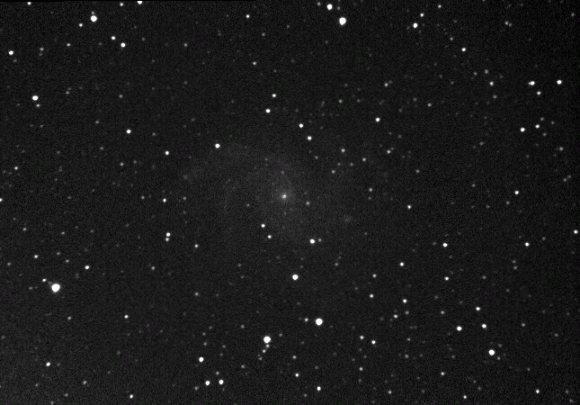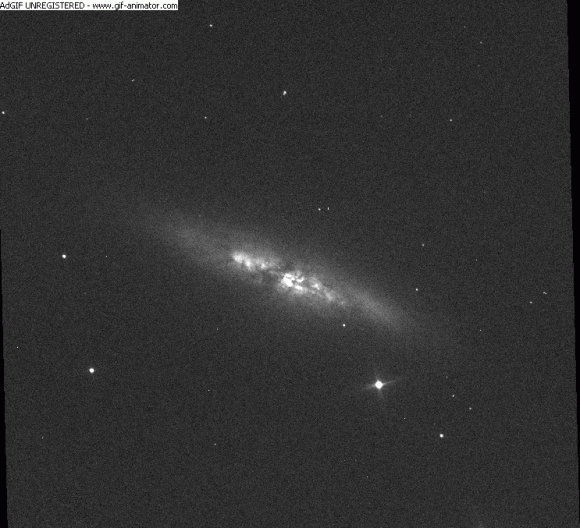A supernova is one of the most impressive astronomical events anyone can possibly witness. Characterized by a massive explosion that takes place during the final stages of a massive star’s life (after billions of years of evolution), this sort of event is understandably quite rare. In fact, within the Milky Way Galaxy, a supernova event is likely to happen just once a century.
But within the Fireworks Galaxy (aka. the spiral galaxy NGC 6946), which is located 22 million light years from Earth and has half as many stars as our galaxy, supernovae are about ten times more frequent. On May 13th, while examining this galaxy from his home in Utah, amateur astronomer Patrick Wiggins spotted what was later confirmed to be a Type II supernova.
To break this magnificent astronomical event down, most supernova can be placed into two categories. Type I Supernovae occur when a smaller star has consumed all of its nuclear fuel, and then undergoes core collapse with the help of additional matter accreted from a nearby orbiting star. Type II Supernovae are the result of massive stars undergoing core collapse all on their own.

In both cases, the result is a sudden and extreme increase in brightness, where the star blows off its outer layers and may become temporarily brighter than all the other stars in its galaxy. It then spends the next few months slowly fading until it becomes a white dwarf. It was while surveying the Fireworks galaxy with his own telescope that Wiggins noticed such a sudden burst in brightness, which had not been there just two nights before.
Wiggins finding was confirmed a day later (May 14th) by two experts in supernovae – Subo Dong and Krzysztof Z. Stanek, two professors from Peking University and Ohio State University, respectively. After conducting observations of their own, they determined that what Wiggins had witnessed was a Type II supernova, which has since been designated as SN 2017eaw.
In addition to being an amateur astronomer, Patrick Wiggins is also the public outreach educator for the University of Utah’s Department of Physics & Astronomy and the NASA Solar System Ambassador to Utah. This supernova, which was the third Wiggins has observed in his lifetime, is also the closest to Earth in three years, being about 22 million light years from Earth.
The last time a supernova was observed exploding this close to Earth was on January 22nd, 2014. At the time, students at the University of London Observatory spotted an exploding star (SN 2014J) in the nearby Cigar Galaxy (aka. M82), which is located around 12 million light years away. This was the closest supernova to be observed in recent decades.

As such, the observation of a supernova at a comparatively close distance to Earth just three years later is a pretty impressive feat. And it is an additional feather in the cap of an amateur astronomer whose resume is already quite impressive! Besides the three supernova he was observed, Wiggins has received many accolades over the years for his contributions to astronomy.
These include the Distinguished Public Service Medal, which is the highest civilian honor NASA can bestow. In addition, he discovered an asteroid in 2008 which the IAU – at Wiggin’s request – officially named “Univofutah”, in honor of the University of Utah. He is also a member of the Phun with Physics team, which provides free scientific lessons at the Natural History Museum of Utah.
Further Reading: University of Utah UNews


A massive star has a lifetime of only about 10 million years, so it doesn’t involve ‘billions of years of evolution’.